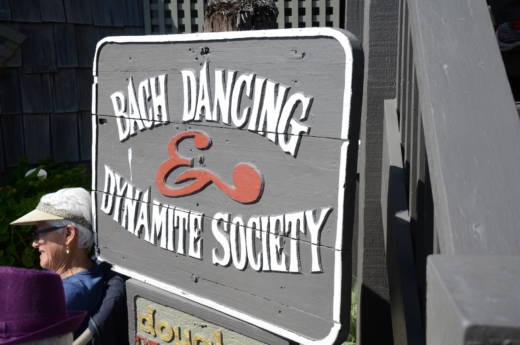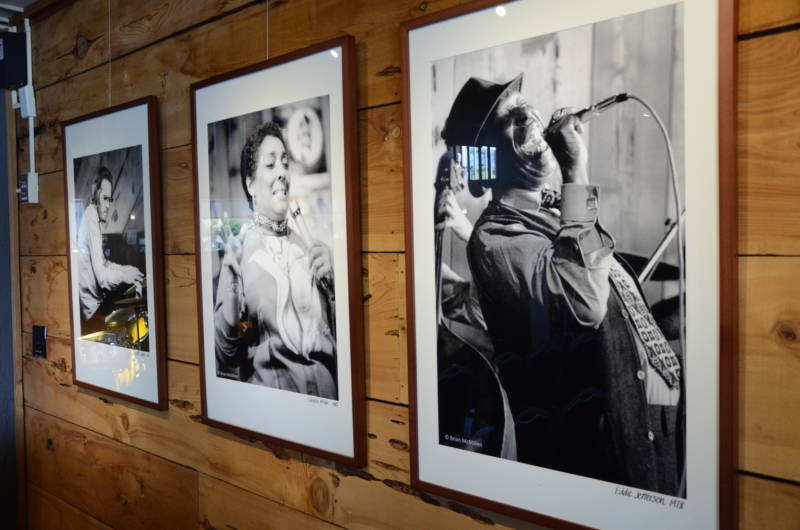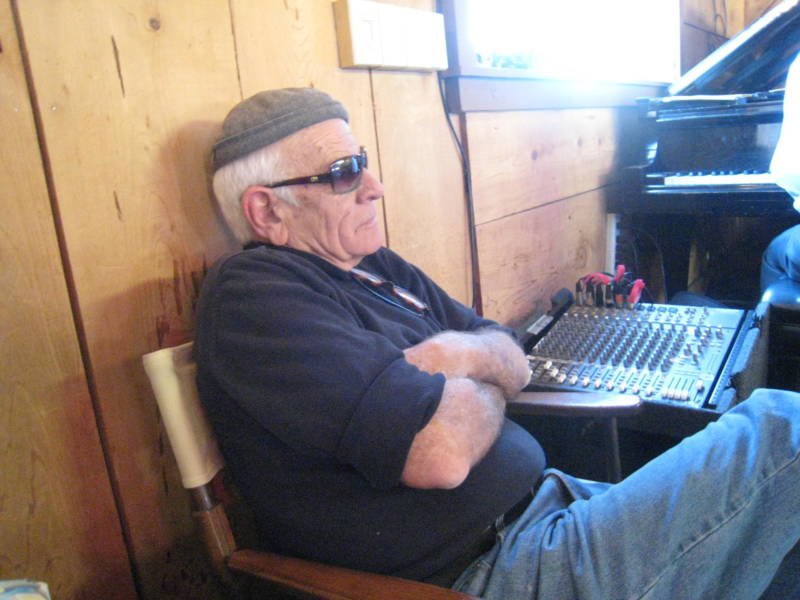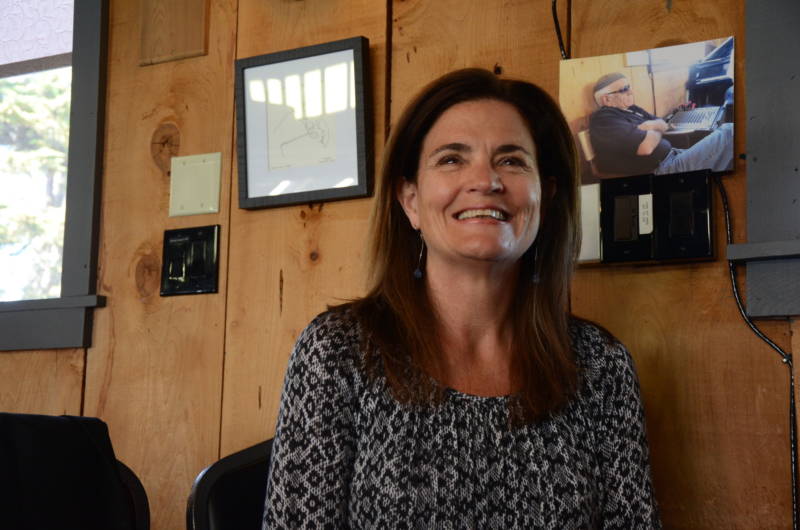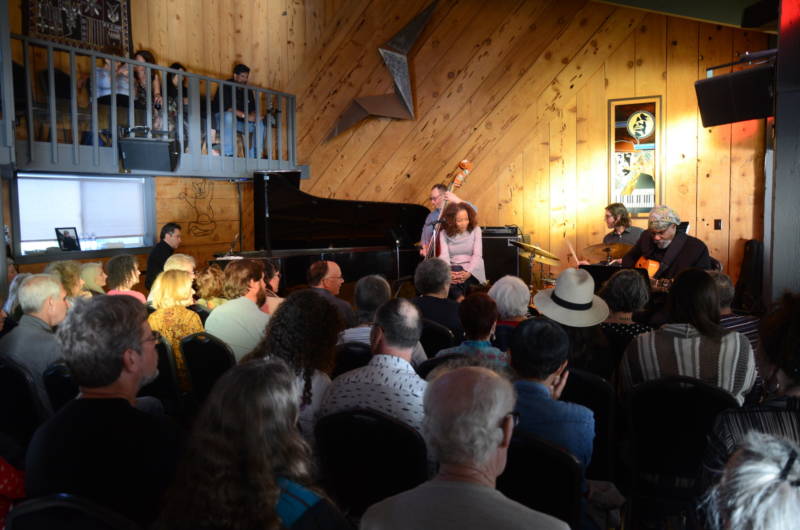This story was originally published in June 2018 as part of The California Report Magazine's "Hidden Gems" series. It re-aired on July 3rd, 2020 for a special show called "Buckle Up: A (Virtual) Road Trip to CA Hidden Gems." Note: The Bach Dynamite and Dancing Society is currently closed due to COVID-19. They are planning to live-stream free concerts throughout the summer.
The Bach Dancing & Dynamite Society in Half Moon Bay is not your average jazz club, and it's not just because of the quirky name (more on that later).
Let's start with the setting. As I settle into my seat in the cozy, wood-paneled room for a Sunday afternoon concert, I can see the sunset streaming through the stained-glass window. I can hear the ocean just outside the door.
"To watch the sunset and be listening to jazz here, I can't imagine any place on the planet that's quite like where we are right now," said Kevin Daniels, who first came to the Bach — as it's affectionately called — in the 1970s.
By that point, the Bach had already been around for nearly a decade, but its story starts in 1957, when a beatnik beach rat named Pete Douglas moved to Half Moon Bay from Los Angeles with his wife, Patricia.
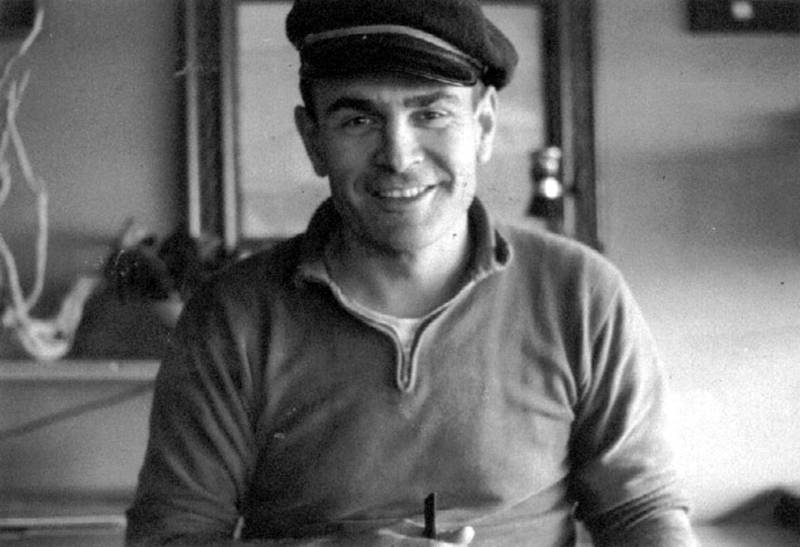
Douglas initially worked as a probation officer for San Mateo County, but that didn't last long.
"I think he took the county car and drove it off the road or something, and that was the end of that," said Barbara Riching, Douglas' daughter. But before he got fired, he was assigned to work with Pat Britt, who had stolen a bologna sandwich.
Britt was also in a band, and Douglas asked him if they would come play at the beer and hamburger joint he had bought in Half Moon Bay, the Ebb Tide Cafe, where Douglas also lived with his family.
"He started having just little jams right in there," Riching said, there being effectively his family's living room.
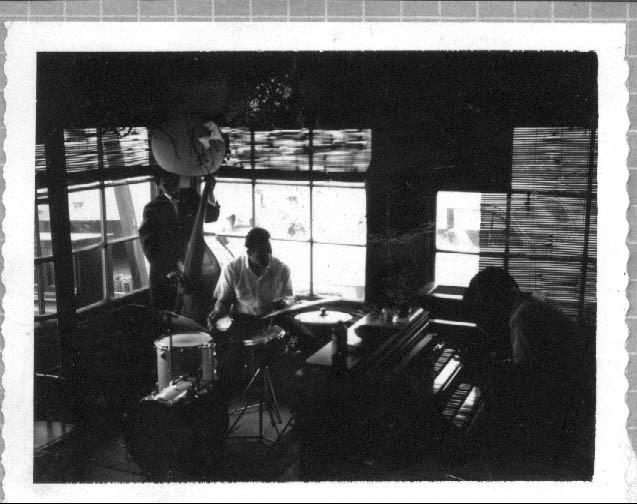
'This Must Be the Bach Dancing and Dynamite Society'
In 1964, Douglas was hanging out with some friends in the Ebb Tide and dancing to some Bach, when one of his friends went down to the beach below and started setting off dynamite. As the dynamite blew, Douglas and his friends kept dancing to Bach, prompting one friend to say, "This must be the Bach Dancing and Dynamite Society."
"Sure enough, one of my dad's attorney friends who was there said, 'Yeah, let's incorporate this thing,'" Riching said. "And so that's how the nonprofit actually got incorporated in 1964."
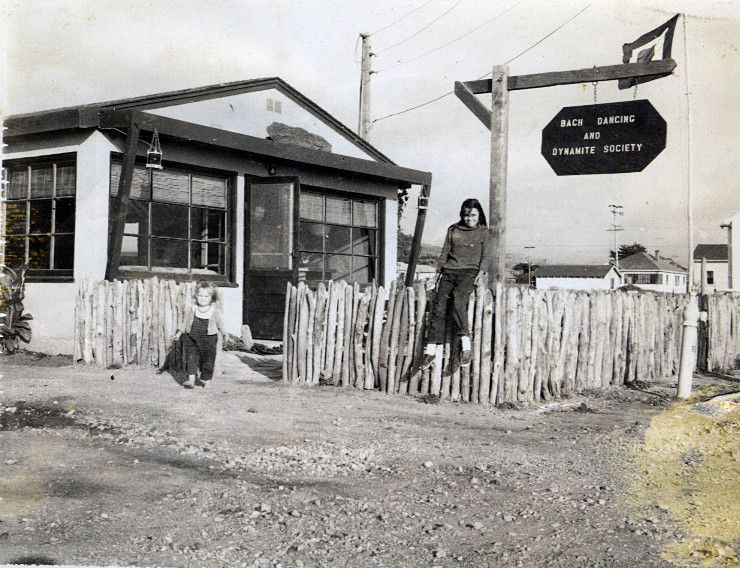
With an official name and organization in tow, Douglas set about to expand the operation. He built a two-story house onto the beer joint and moved the concerts — for which he now charged a small entrance fee — into his new living room.
"He would set up a temporary stage, and then we would swing the couch around right up to the stage," Riching remembers. "So the people that first got here were the luckiest because they could just sit right on the couch and hear the music."
In 1972, Douglas added a separate performance space next door with room for about 200 seats and a small stage. According to Britt, this is when Douglas started booking some of the biggest names in jazz to play his small seaside venue.
